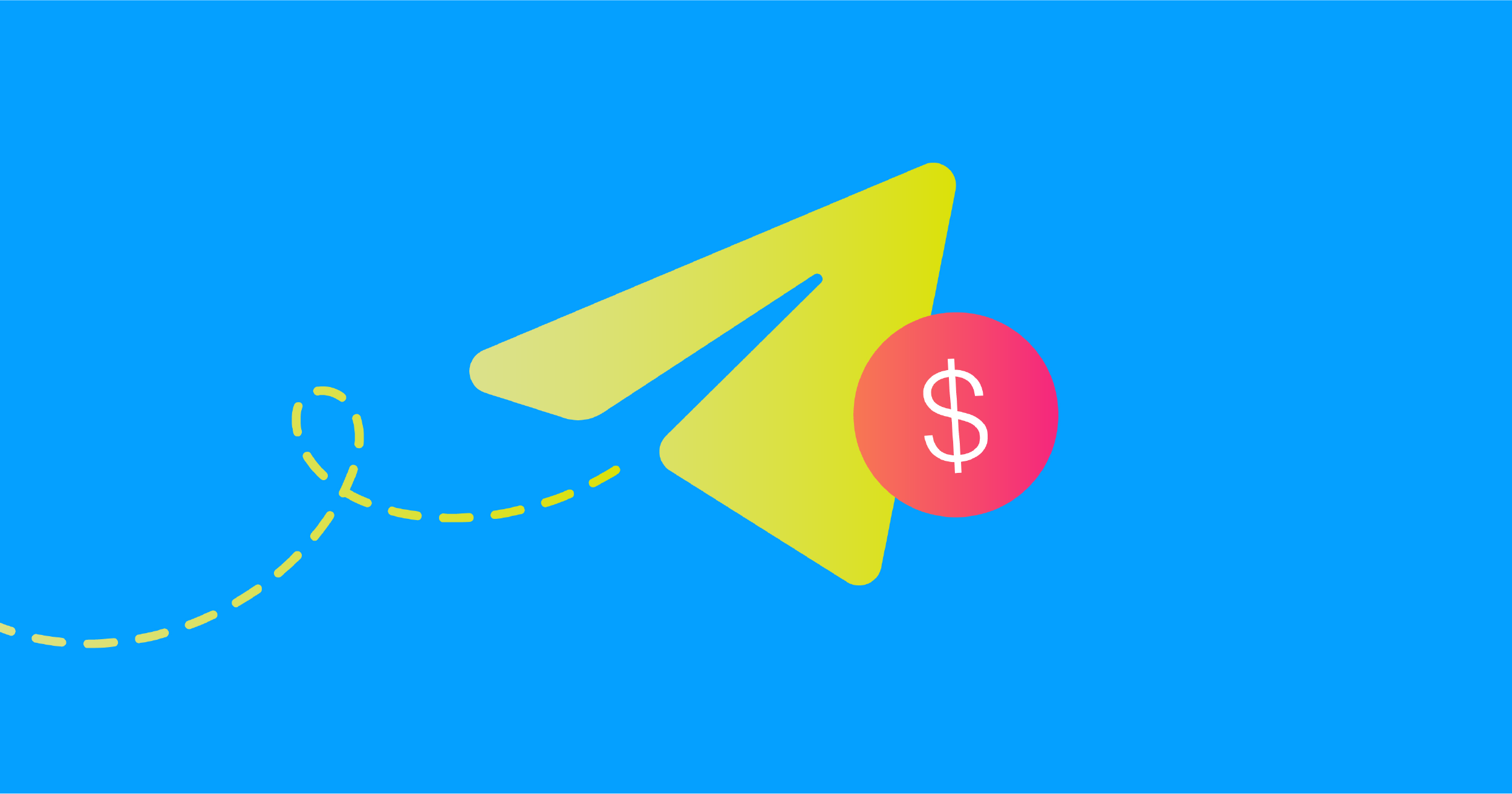The Ultimate Guide To Sending Payment Reminders
Published: Dec 6, 2021
Updated: May 22, 2022

Dealing with payments is pretty tiresome for people, but imagine how much of a burden it is for businesses. In fact, statistics show that over 49.6% of invoices are overdue. To add to that, only 21% of invoices are paid after the first follow-up. But don’t fret—things can be quite manageable when you set a personalized payment reminder process for your business needs.
Defining Payment Reminders
A payment reminder is a letter, email, document, or any sort of message that businesses send to customers to prompt them to pay an overdue invoice. These help customers pay the amount they owe to the company. But unfortunately, this is an ongoing cycle, and one text may not cut it.
Bill reminders, on the other hand, inform customers about upcoming payments. The difference is that a bill is a scheduled and itemized document, whereas a payment is a one-time and simple cost.
One of the most important characteristics of these messages is to have a friendly tone to not offend your customers. As for sending multiple messages, there are invoicing softwares for businesses to automate these processes.
You’ll find dozens of bill reminder apps on the market that cater to both businesses and individuals. Some of the best ones are Bills Monitor, Monefy, TimelyBills, and Pocket Expense.
Defining Invoice Reminders
Invoice reminders inform customers about unpaid invoices by the due date. Business owners send these via email or notifications when the due date approaches. Timing is of the essence when it comes to this.
Businesses need a plan in place to send reminders at the right time. You may send one a few days before the due date to allow customers to set their priorities straight and pay on time. If a payment is due after the first reminder, consider sending a second or third before proceeding to mediation or statutory demand.
Channels To Send Payment Reminders
There are several channels for businesses to send payment reminders. Despite email being the most common, you can also send short SMS reminders—essentially, it's a matter of the content, not the channel.
90% of all text messages are read within 3 minutes, whereas the average email open rate is 24%. If you have to pick between the two, we recommend going with SMS thanks to its high open rate.
Get Started Now
Reach your clients now and claim your 30-day free trial. No credit card required.
The first cycle should be a gentle reminder to the customer about the due payment. However, the language must gradually change with the second and third ones. The content should include the following.
Reason
Inform the customer why you contacted them and state your message clearly about the due payment on time.
Invoice
Mention which invoice you are referring to. Include a CTA and specify the amount along with the due date.
Payment Terms
Let the client know about the defined terms in the message.
Overdue Issues
Inform the customer of the consequences of overdue payments.
Friendly Attitude
No matter how uncomfortable it is, keep a positive attitude in your messages. Do not warn customers—send friendly nudges about the due payment.
Follow the Rules
There are specific rules regarding the content of reminders, which vary from country to country. Be informed about your country’s laws before writing the content of the reminder.
Language
Use the same language with your client as you did when you spoke to them to increase the chances of your message being read.
How To Send a Friendly Payment Reminder
A friendly reminder text entails informing clients about required payments. With certain customers, one isn’t enough. There are a few things to keep in mind while maintaining a friendly attitude.
You’re Not Alone
We’ve all missed a payment or two before—it’s nothing extraordinary. Make sure you’re not singling out your customer for not making a payment.
Polite Intro
Ease into the topic and ensure you come off as friendly and polite. Personalize your message to give an individual approach to the client.
Early Reminder
It's a good idea to send an email a few business days before the due date.
Thank You
The phrase “thank you” can be powerful. Thank the client after receiving the payment so they take matters into importance the next time.
Chance
Send more than two reminders before taking drastic action and inform the client beforehand that you have no other choice left.
